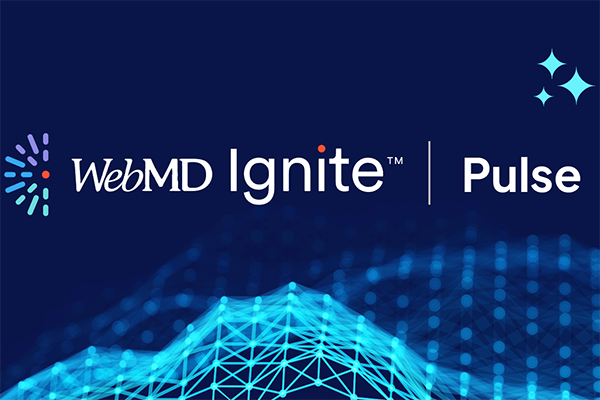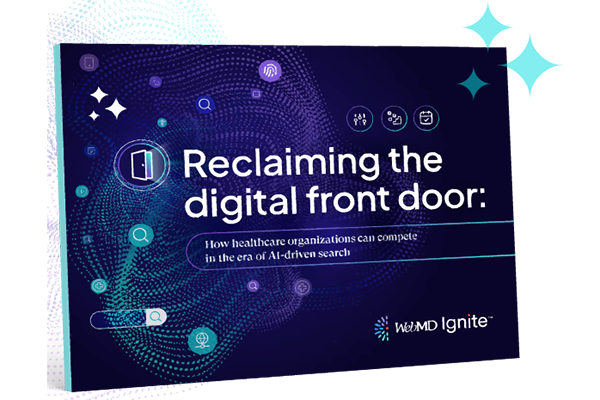Health plans understandably care about Medicare Star Ratings because they reflect the quality of their member experiences. Higher ratings attract more members, lead to increased enrollment and revenue, and ultimately create better member satisfaction and retention.
Unfortunately, the industry has been largely reactive, not proactive, in this regard. But data and technology can provide a way forward, automating outreach and using educational materials to close gaps in care. By engaging members with the right information, health plans drive action. Now members can better understand their condition, and take steps to improve their well being. That’s the first step to better outcomes, and ultimately, enhanced Star Ratings.
A drop in Star Ratings hurts the bottom line
Consider the following:
- As of 2025, only seven Medicare Advantage plans received an overall 5-Star Rating, a significant decrease from 38 in 2024.1
- A drop in a payer’s rating from 4.5 to 3.5 stars can result in as much as a 40% decrease in operating income.2
The good news is, today we have more data than ever before. And health plans can use this information to glean insights, determining not only who needs education, but also how to personalize it to make it more meaningful to the individual. The trick is to reach members while they’re still “on the bubble.” That is, before their conditions worsen or become chronic.
Making educational materials work smarter
For information to be useful, it must be accurate, timely, address real needs, and be both relevant and comprehensible. Evidence-based information serves as a source of truth — it ensures content aligns with clinical best practices. But it must also be understandable to the reader. Health literacy best practices require writing at a 6th grade level (or below), and the use of imagery (a picture is worth a thousand words) to help people comprehend the subject matter.
Educational content must also be diverse and inclusive. People need to “see themselves” to better understand what actions they need to take. This personalization may include providing information in the language(s) of the communities you serve. And finally, address the common barriers that can lead to inaction. It’s no surprise that fear of certain health issues or misinformation/misperceptions must be overcome to affect real change.
Strategies for using data and education
Health plans must move beyond population-based strategies, and personalize their care plans. In other words, fish where the fish are. As mentioned earlier, reach out to at-risk members with target education before their conditions (say, pre-diabetes) deteriorate. Behavioral support helps members better understand their current health status, and better yet, motivates them to take the actions necessary to improve their well being. Being informed and personally invested leads to better adherence and improved outcomes.
And don’t forget the influence your care teams can have. Empower care managers with the tools and resources that encourage the meaningful conversations that lead to behavior change. Engaging members with education is how you close gaps in care, improve medication adherence, and increase those all-important preventative screenings.
Final thoughts
By leveraging integrated technology and education, health plans can have it all. Personalized, effective interventions lead to higher engagement, improved outcomes, enhanced member satisfaction, and yes, stronger Star Ratings.
SOURCES
- HMA, The release of 2025 Medicare Advantage Star ratings and improving future rating cycle performance, https://www.healthmanagement.com/blog/2025-medicare-advantage-star-ratings/
- HealthData Management, How to improve Medicare Star Ratings in 2025, https://www.healthdatamanagement.com/articles/how-to-improve-medicare-star-ratings-in-2025?id=135502





